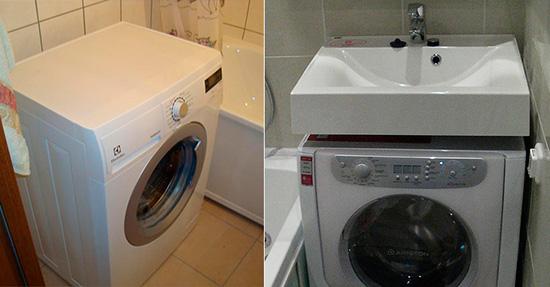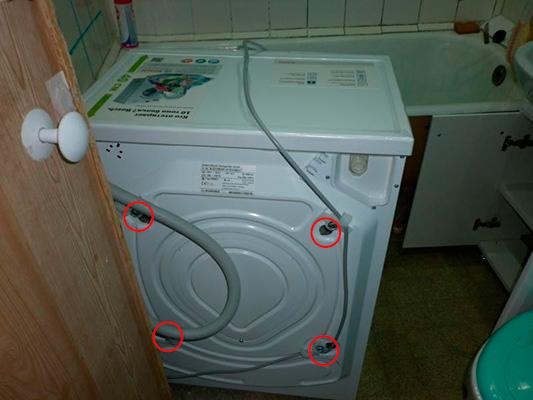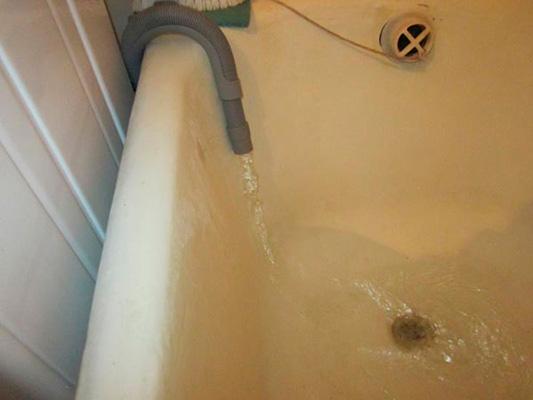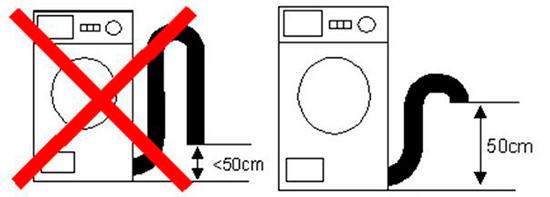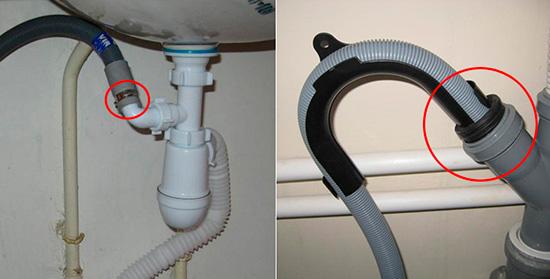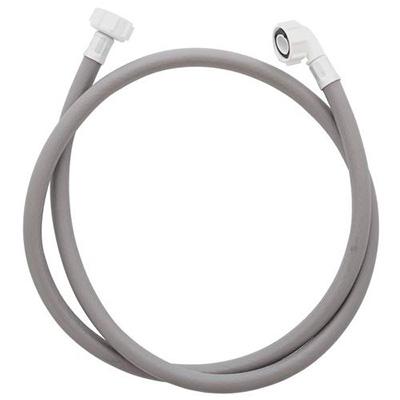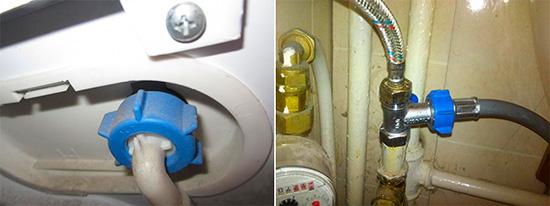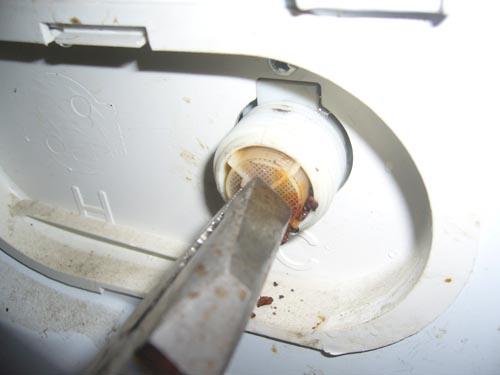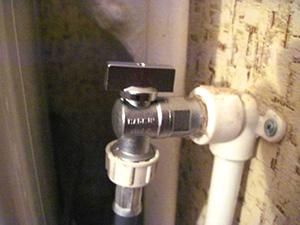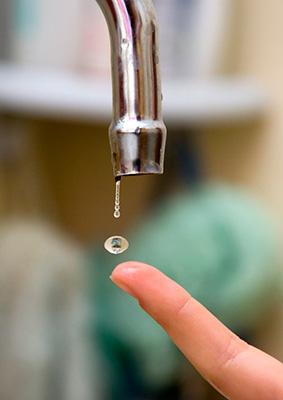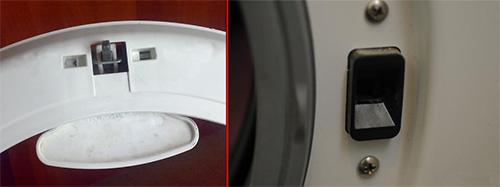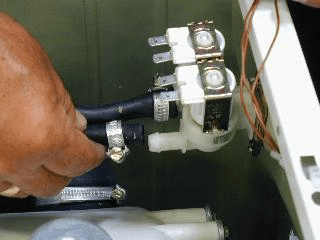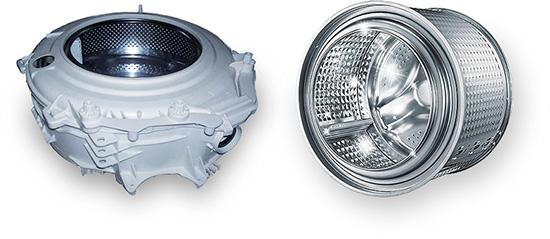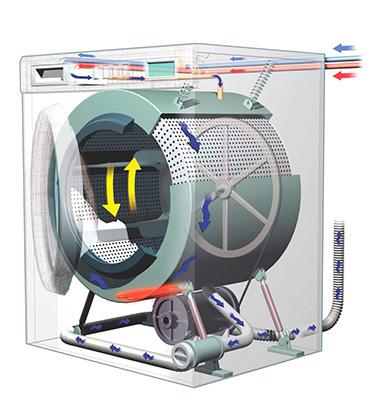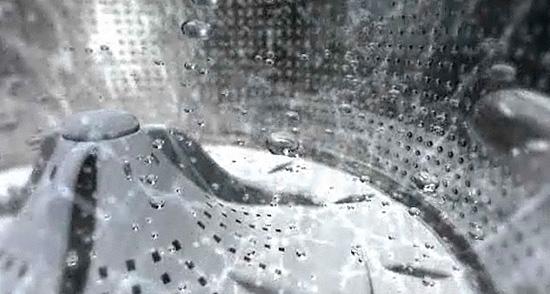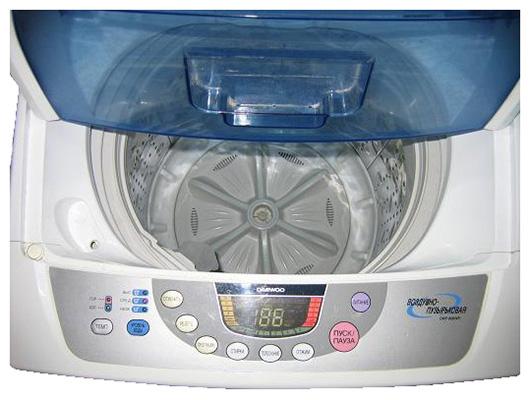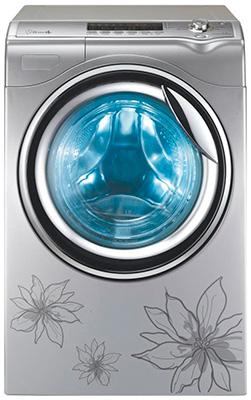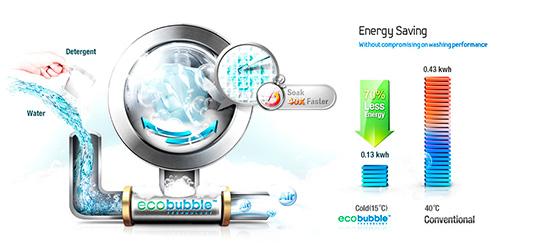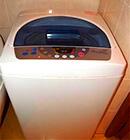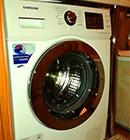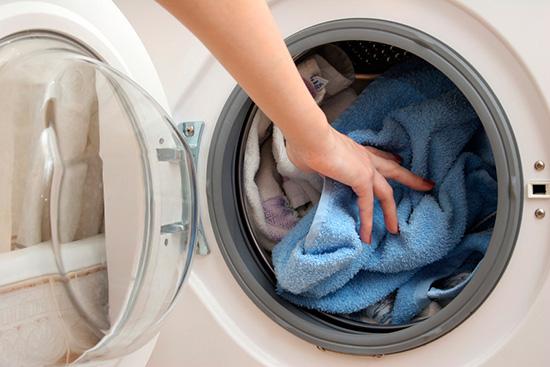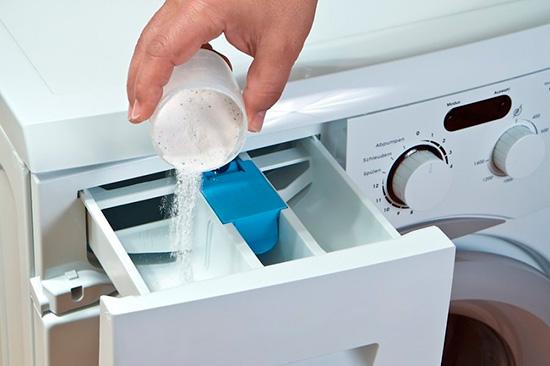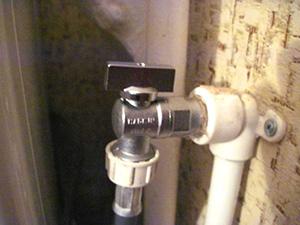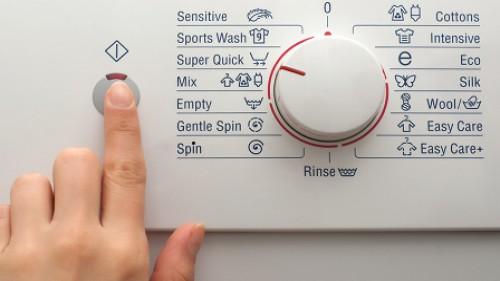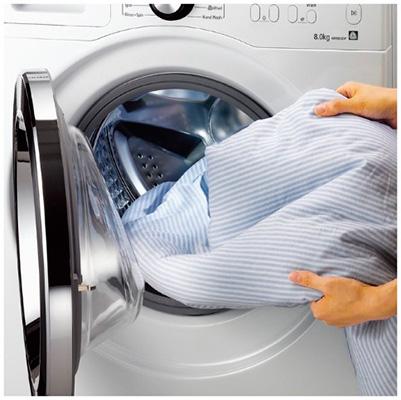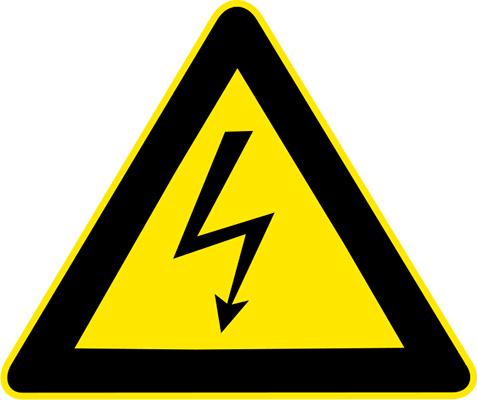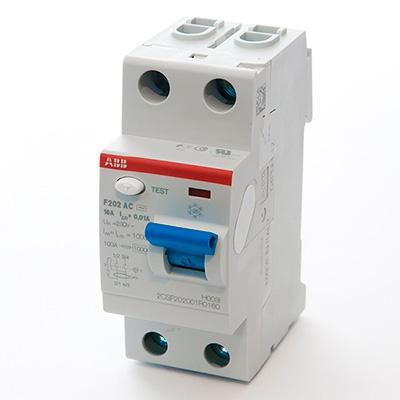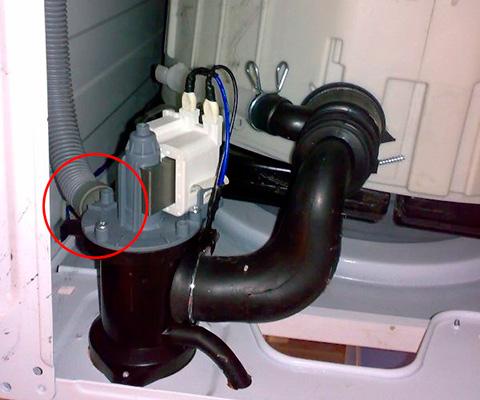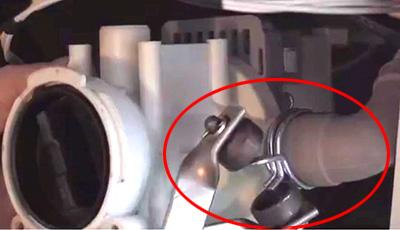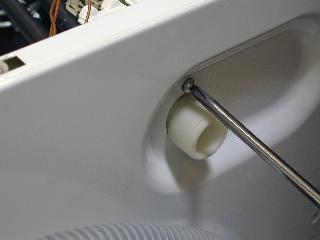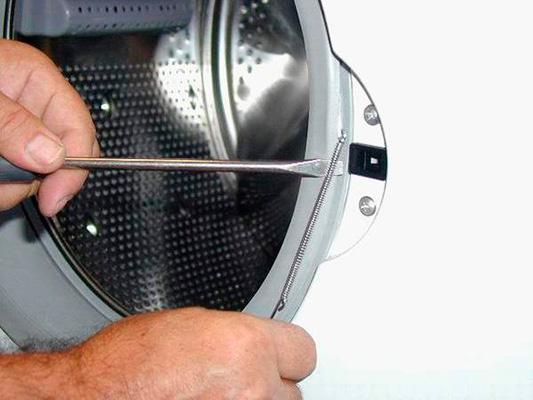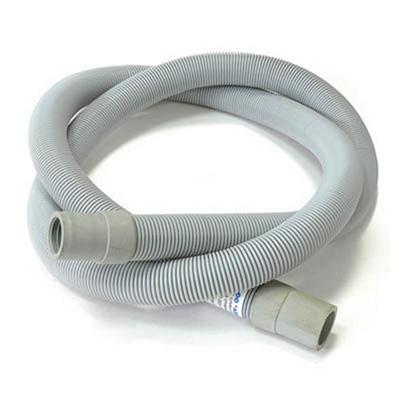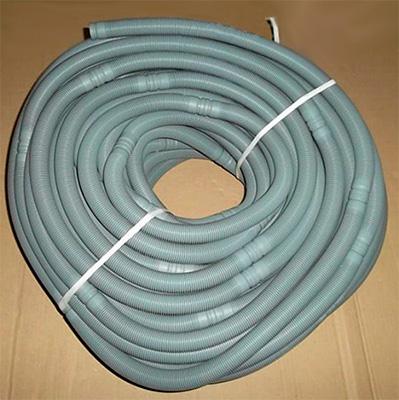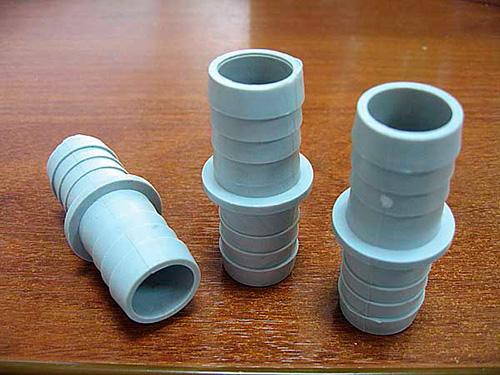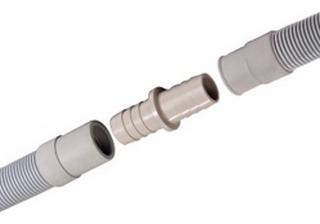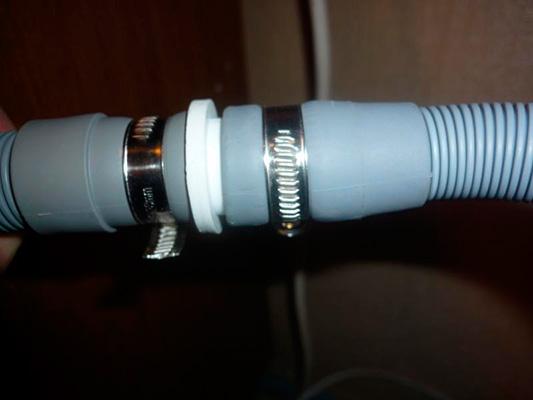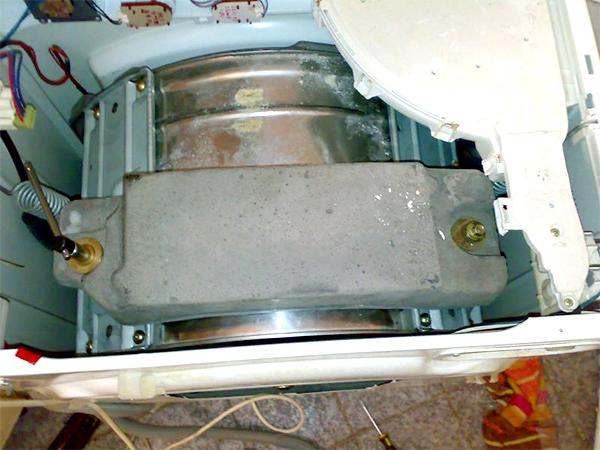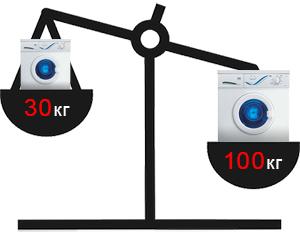The situation when the washing machine does not turn on is quite common. Usually this happens as follows: you use the washer as usual and do not expect a dirty trick from it, after finishing the next wash, turn it off. When you are about to wash again, you fill in the powder, put the laundry in the drum and try to turn on the washing machine. But here's the problem - for some reason the washing machine does not turn on. What to do in such a situation and what possible causes of this malfunction we will analyze. I would like to note that the washing machine may not turn on in different ways. Therefore, see what "symptoms" your machine has.
When turned on, the machine does not give "signs of life"
If you plugged the washing machine into the network, and it does not show any signs of life, the lights and other indicators do not light up on it, then the problems may be as follows:
No electricity
No matter how trite it may sound, but the first and most obvious of the possible causes of such a malfunction may be that there is no electricity in the outlet. This can happen for the following reasons:
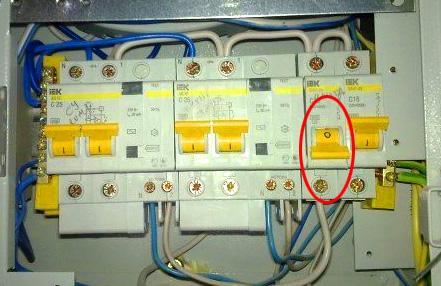
- Turned off the electricity - Of course, this situation can also be.But it is unlikely that you would not notice this, because the lights will also go out in the whole apartment.
- Knocked out the machine - perhaps water got into the socket or there was another reason for a short circuit. And the machine was knocked out. In order to check this, check the machine that goes to the bathroom, it must be turned on. If this is not the case, then cock it, if it also knocks out, then you need to look for the cause of the short circuit.
- RCD tripped - if you have a Safety Disconnect Device, then it may have worked and turned off the power supply. This could happen if there was an electrical leak on the case and you the machine was electrocuted. Or just the RCD itself “failed” (this happens with Chinese low-quality devices). Also, the RCD could work if the wiring was not done well.
- Fault in socket - it is possible that the contact is broken in the outlet itself. In order to eliminate this breakdown, take any other electrical appliance and plug it into a power outlet. If it works, then everything is in order with the outlet. You can also use a multimeter or a regular 220V light bulb with wires to check. You can check the presence of a phase with an indicator screwdriver.
Network wire failure
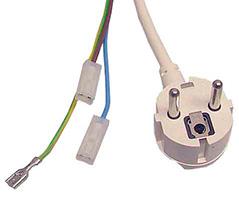
- Extension cord failure - if you use a surge protector or an extension cord to connect the washing machine, then the reason that the washing machine does not turn on may be in it. To avoid this, plug the washing machine directly into a power outlet.
- Power cord failure - the wire that comes from the washing machine and is plugged into the outlet is constantly subject to various mechanical stresses.It constantly bends, which can lead to breakage. In order to check the network wire of the washing machine, it is best to ring it with a multimeter. If the wire is "broken", then it should be replaced. In extreme cases, you can find a break in the wire and connect it with twisting and electrical tape, which is not recommended.
Power button not working
On some washing machines, the power after the power cord goes directly to the power button. Therefore, if it is faulty, then it should be replaced. In order to test the button for operability, take a multimeter and turn it on to the buzzer mode. Next you need, with a de-energized washing machine, ring the button in the on and off state. In the on state, the multimeter should emit a squeak, which means that the button conducts current, in the off state, the button should not ring.
FPS Noise Filter Malfunction
The noise filter is designed to suppress electromagnetic waves from the washing machine, which can cause interference in other nearby types of equipment (TV, radio, etc.). If the FPS breaks, then it does not pass electric current further through the circuit, respectively, the washing machine does not turn on. In order to make sure that it is the noise filter that is faulty, remove the top cover and find it.
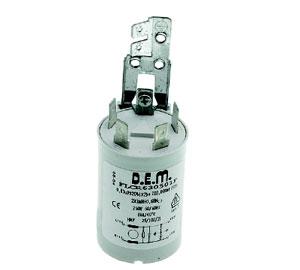
In order to check the noise filter in the washing machine, you need to ring it. There are 3 wires at the filter input: phase, zero and ground. There are two outputs: phase and zero. Accordingly, if there is voltage at the input, but it is no longer at the output, then the FPS must be replaced.
You can buy a noise filter for a washing machine either separately or as a set with a power cord.
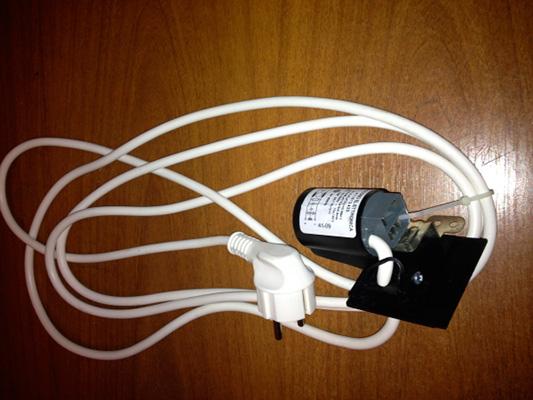
Remove the wires from the FPS and switch the multimeter to the vertebrae mode. Close one probe to the phase at the input, the other to the phase at the output, the filter should ring. Do the same with zero.
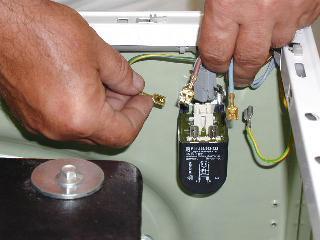
If the filter is defective, it should be replaced.
Faulty control module
If all of the above reasons are excluded, then the next possible failure may be hiding in the control module. Replacing it is an expensive repair and is far from always justified, because the control module can be repaired in some situations. But, unfortunately, this cannot be done on your own, without proper knowledge and experience. Therefore, we strongly recommend that you contact a specialized washing machine repair service and call a master who will fix the breakdown.
When you turn on the machine, it glows, but the washing program does not start
If you plugged the washing machine into a power outlet, it shows signs of life, but after selecting the program and turning it on, the washing machine does not start and does not start washing, then the reasons may be as follows:
Loading door lock does not work

The first thing to check is the hatch closed, and whether it got blocked after you started the wash programme. If the door itself closes and latches, but after the wash has begun, it does not lock, then most likely washing machine door lock problem. In order to verify this, get to check the lock by ringing it: after starting the program, voltage should be applied to it.If there is voltage at the input, and the blocking does not work, then it must be replaced. How check and change the UBL of the washing machine, we told in our articles earlier.
Washing machine blinking when turned on
If you plug the washing machine into a power outlet, and it starts flashing randomly, or all the lights turn on and off at the same time. Then most likely you have damaged wiring, which leads to such consequences. In order to eliminate this malfunction, you must either replace the wiring, or find the area that causes the malfunction and replace it.

